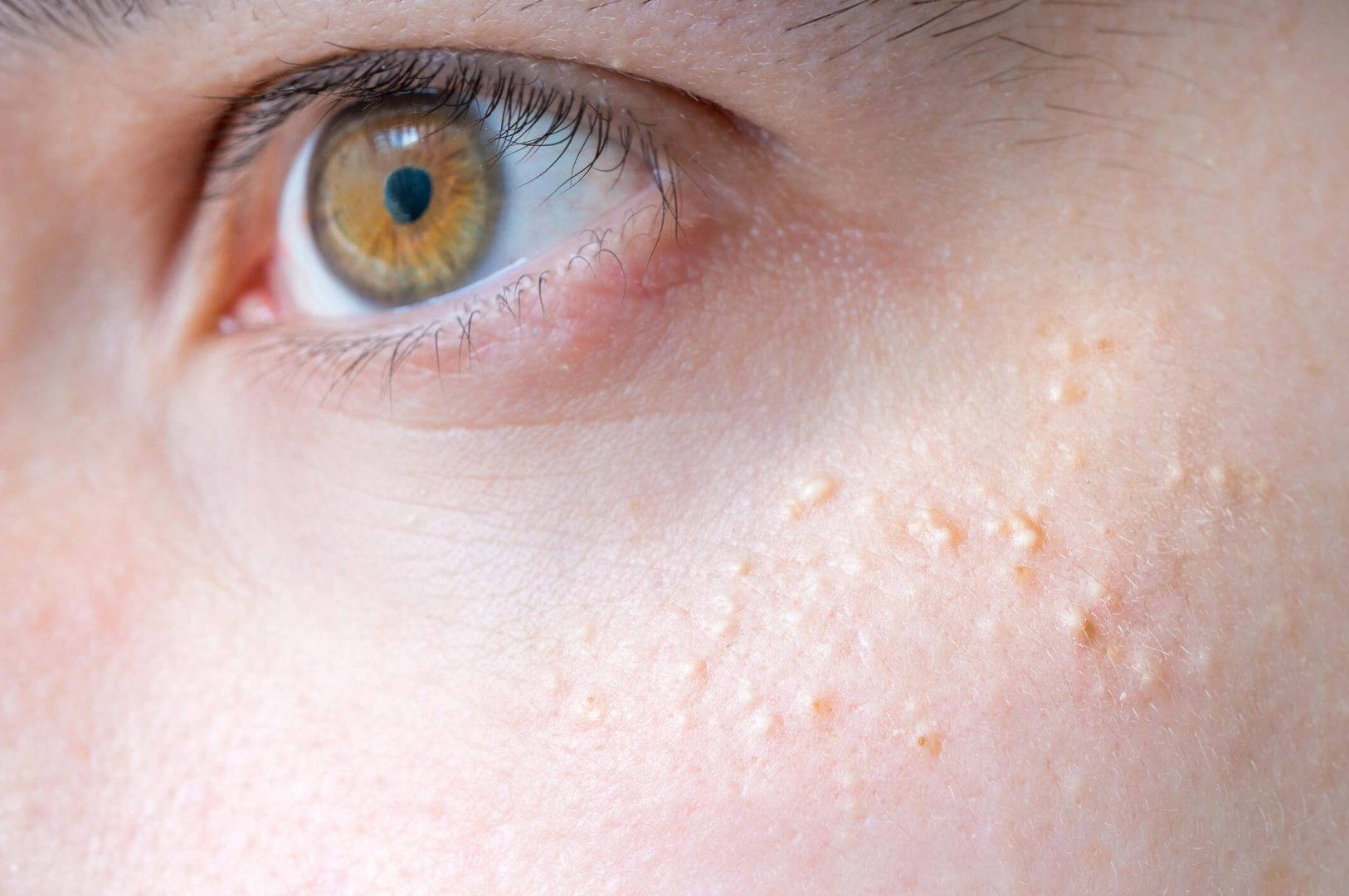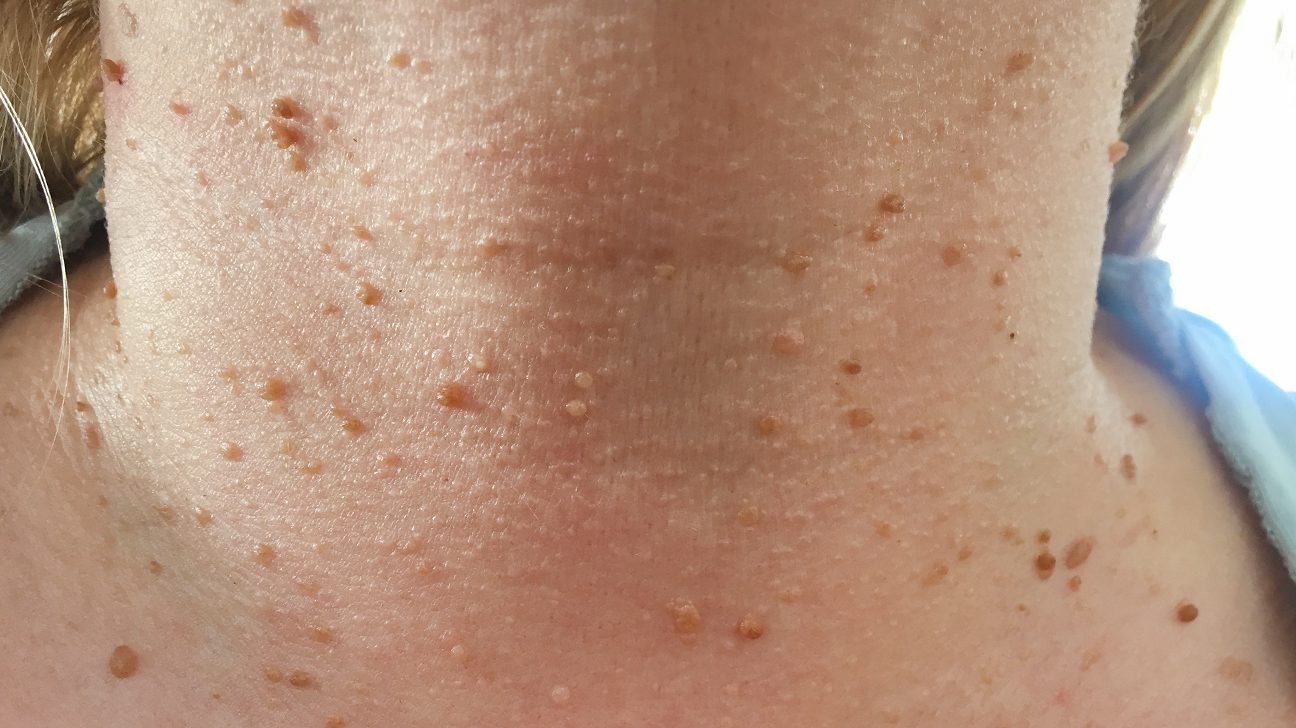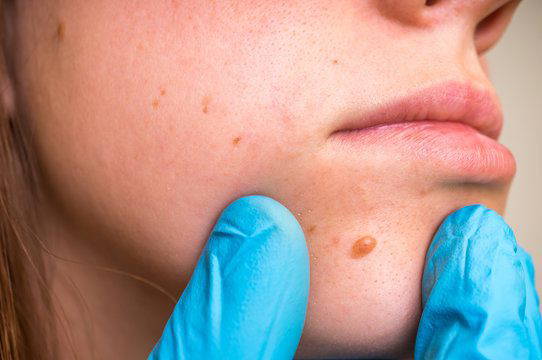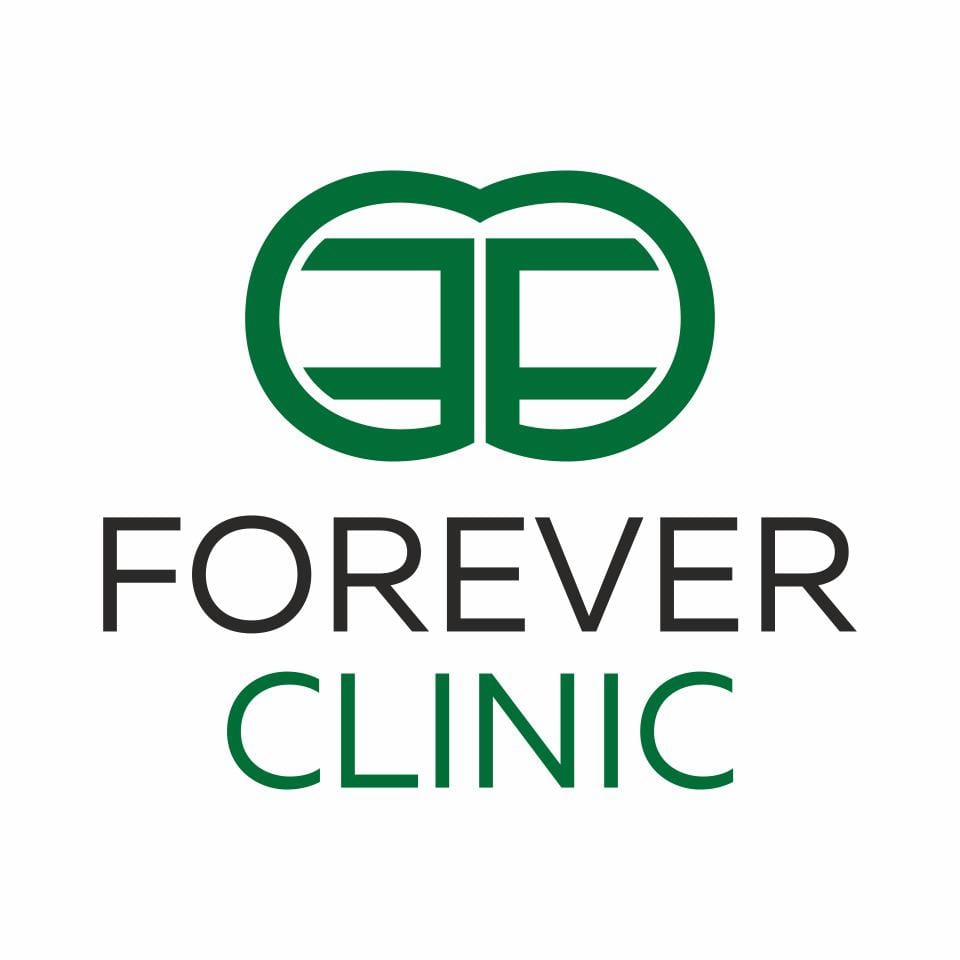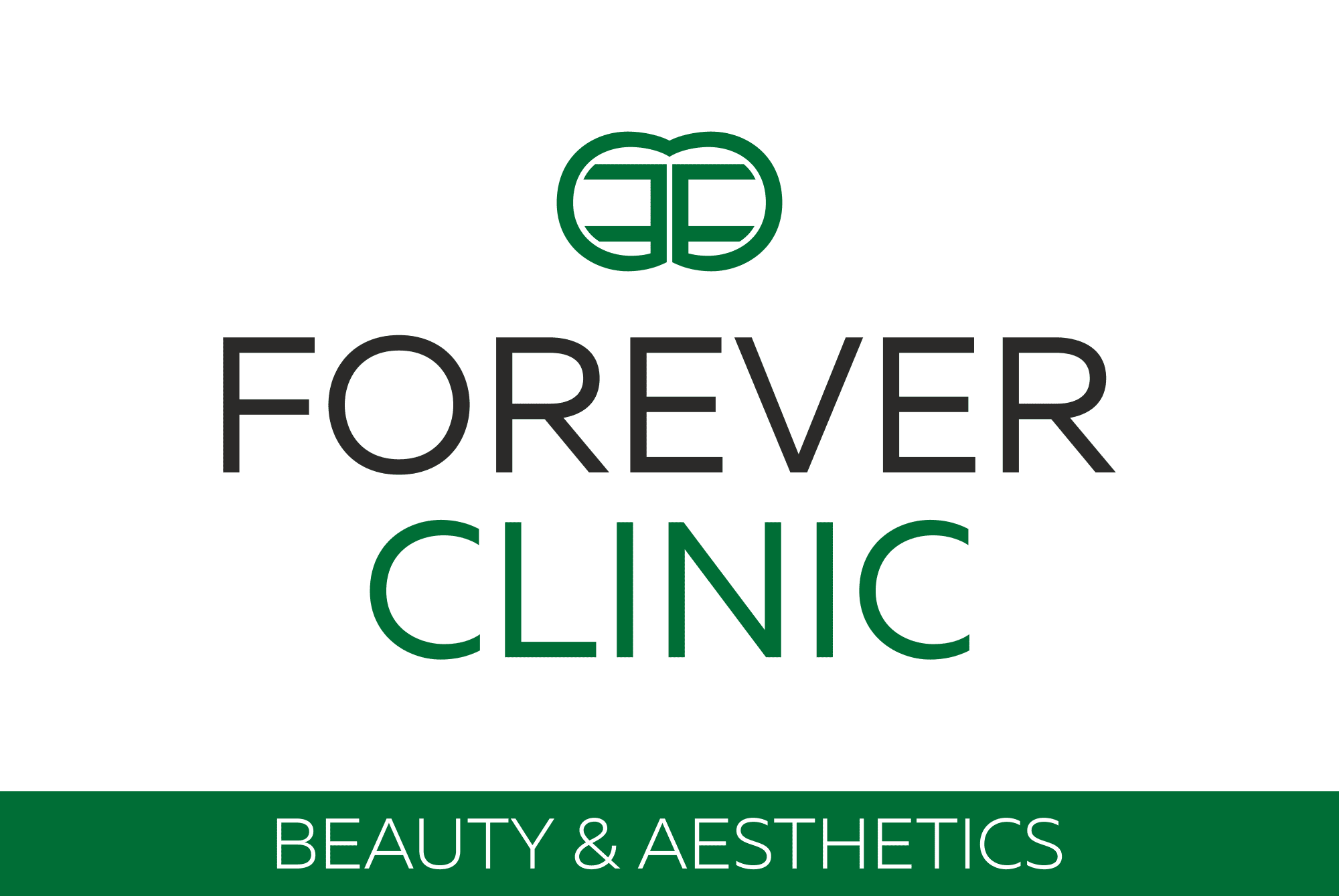Skin Tag & Milia & Mole Removal Cheltenham
Prices for Removal:
Milia removal from £25 (directly in the eye orbit from £50)
Skin tag removal from £50
Mole removal from £100
If you are unsure if its any of the above please send us photos or book a consultation. All unsuitable bookings will be charged.
Skin tags are small, soft, skin-coloured growths that hang off the skin and look a bit like warts. They’re very common, harmless, and can vary in colour and size – from a few millimetres up to 5cm (about 2 inches) wide. Skin tags are usually found on the neck, armpits, around the groin, or under the breasts. They can also grow on the eyelids or under the folds of the buttocks.
Why skin tags occur?
Skin tags are made of loose collagen fibres and blood vessels surrounded by skin. Collagen is a type of protein found throughout the body. Both men and women can develop skin tags. They tend to occur in older people and people who are obese or have type 2 diabetes.
Pregnant women may also be more likely to develop skin tags as a result of changes in their hormone levels. Some people develop them for no apparent reason. Skin tags tend to grow in the skin folds, where the skin rubs against itself, such as on the neck, armpits or groin. This is why they tend to affect overweight people who have excess folds of skin and skin chafing.
Milia are small, hard white bumps under the surface of the skin commonly known as milk spots. They are common in all ages and both sexes, especially among young babies. They most often arise on the face, and are particularly prominent around the eyes on the eyelids and cheeks, but they may occur elsewhere.
Why Milia occurs?
It is caused by trapped dead skin cells (keratin) in your skin clogging up the sweat ducts.Milia tend to occur after trauma like a rash due to allergic reactions and irritation from harsh products. After an injury, burn or blistering of the skin, the number of skin cells trapped under the skin’s surface can increase.Another important factor which can cause milia is using face creams which are too rich thus preventing natural exfoliation from occurring. Sun damage is another contributing factor.Although they are harmless, many people with milia would prefer to remove them.
Mole Removal:
We can perform mole removal if you have authorisation in written form from your doctor advising the mole is not cancerous and it is safe to be removed.
ONLY with a letter from your GP will we go ahead and perform mole removal.
